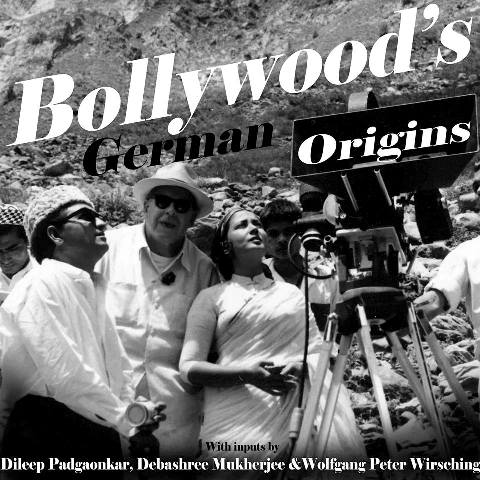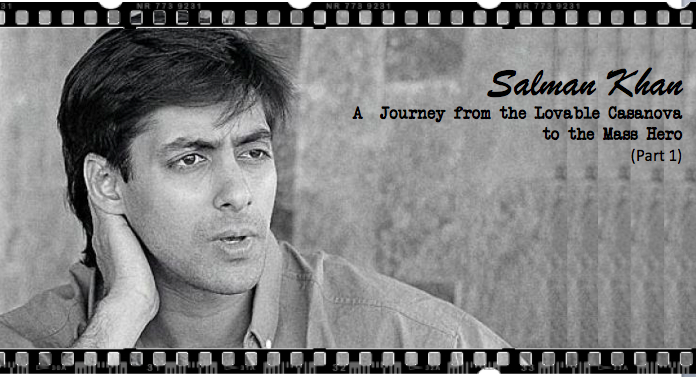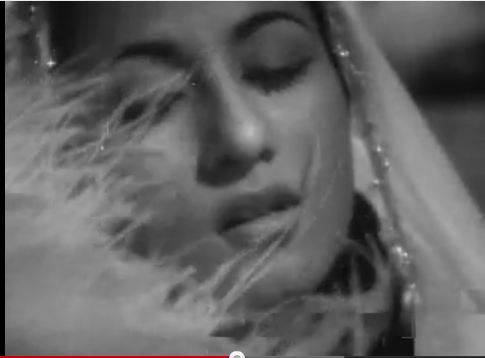THE FIRST film that Bombay Talkies (BT) — the first Indian public limited film company — made was Jawani Ki Hawa (1935). Not much is known about the romantic
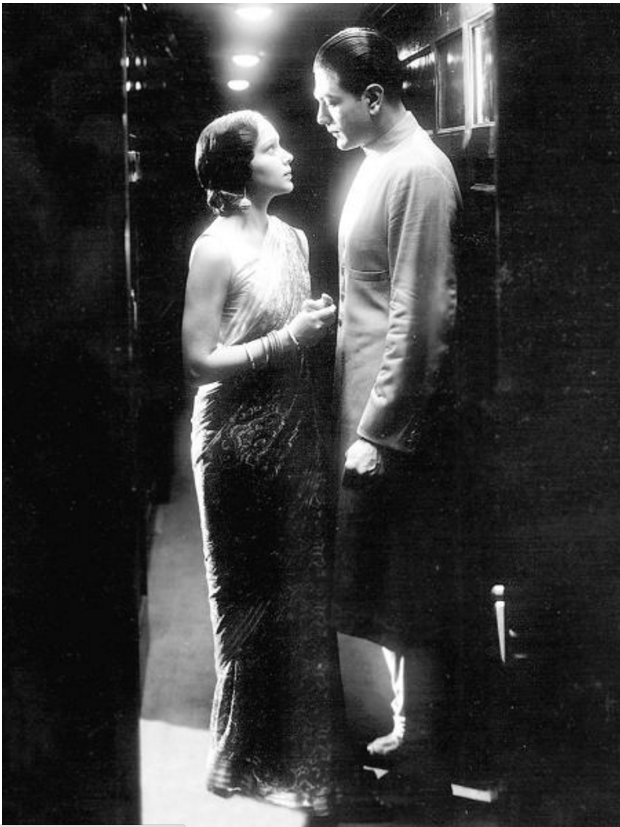
thriller except that its lead actors Devika Rani and Najmul Hussain sparked a huge scandal by eloping to Calcutta. However, a generous glimpse of the film and its making are available on the recently-launched wirschingarchive.com. These photos — a panel of 24 stunning monochromatic images shot by the film’s German cinematographer Josef Wirsching — have been handpicked from the private collection of Wirsching. As the director of photography of BT, he had moved to India with his wife Charlotte when producer-actor Himanshu Rai and others set up the studio in suburban Bombay in 1934.
A pioneer in the field of Indian cinematography, Josef’s legacy extends beyond cinema. A photographer by passion, his personal archives offer a behind-the-scene look at the inception of Indian cinema. Now, his grandson Georg Wirsching is set to curate an archive of these photographs. “His work has historical value. We intend to compile his archival images into a book so that film historians and enthusiasts can study the history of Indian cinema,” Georg says. The book is slated to be unveiled in Mumbai, by January 2017.
Read more about the project & why Georg is doing crowdfunding.
Who are we?
The Wirsching Family; Wolfgang Peter Wirsching, Rosamma and their sons- Josef and Georg are the only heirs of the late German cameraman and cinematographer- Josef Wirsching (1903-1967) and are currently the owners of his entire personal photographic collection consisting of more than 6000 images and the largest collection of photographic evidence of the start of the Indian Film Industry or “Bollywood”.
“Bollywood” the film making juggernaut that is the Hindi Filmmaking part of the greater multi-lingual “Indian Film industry” is the oldest part of the industry which effectively makes movies in the national language and thus has the widest national and international reach. “Bollywood” which has become more of a present day sub-culture that is synonymously “Indian” is symbolically identified with Mumbai and brings out hundreds of movies each year while employing millions of people and generating billions of Rupees in revenue through ticket sales and merchandising to the movie going masses. And it all started somewhere….
“If not in Mumbai!? Where else?” You may ask…
Well, after Dadasaheb Phalke’s “Lord Harischandra” which was India’s first Black and white silent movie shot in 1912; it was in the 1930’s that the Indian film Industry actually started opening up and the first truly “Indian” Black and white sound movie “Alam Ara” was shot in 1931 by Ardeshir Irani.
Let’s rewind a bit to 1925 which was still the “Silent Film Era”, when an Indian lawyer in London by the name of Himanshu Rai collaborated with Niranjan Pal a writer friend of his, and with a script written by Pal which was based on a poem written by an English poet- Edwin Arnold, they decided to make a silent movie portraying the life of Lord Buddha and they called it “The Light of Asia”. After pleading with numerous Film studios in England to make this movie with them, all of the biggest studios there refused to take up the project stating that the scale of it was a bit too big and grandiose for them or for the Indian duo to even think of contemplating. This led Himanshu to Munich- Germany, to the Emelka film studios. After a little bit of negotiation it was decided that the studio would help Himanshu in this grandiose plan.
Finally the movie was shot on location in Jaipur, India in 1925 by a team of 4 German filmmakers from Emelka Film Studios; Josef Wirsching was the main cameraman for this project along with another assisting cameraman- Willie Kiermaier. Barthe Schultes was in charge of production while Franz Osten directed the entire movie. Himanshu Rai who was the lead star and main producer of the movie also provided the complete funding for the project as well as organized a completely Indian cast and assisting crew for the entire film which was shot at the Jaipur palace with the complete assistance of the Maharaja of Jaipur. This was historically the very first Indo-German Cinematic collaboration which went on to lay the foundation for numerous advancements in the future of Indian Film making.
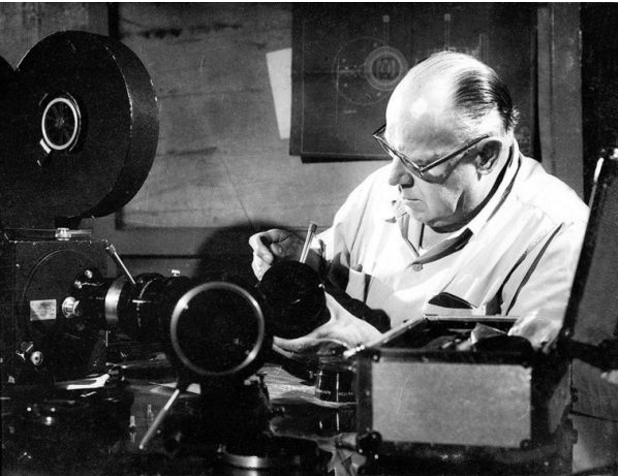
“How?”, You may ask…
Well, after this movie was screened for the King and Queen of England in 1926 it received some pretty rave reviews from the British royalty and accordingly Himanshu Rai decided to start his own film studio here in Bombay, India in 1935 at the beginning of India’s sound film era. He coincidentally decided to call this studio the “Bombay Talkies”.
To help him in this venture he went back to the people who made his first movie “The Light of Asia” in 1925 and after much negotiation Emelka studios decided to help him procure all the equipment he would need for his new studio in India as well as to provided him a team of Master filmmakers to be the technical backbone of the studio.
This team consisted of 4 Germans and an Englishman; – Franz Osten was the designated Film Director for the new studio as he was the director of the “Light of Asia” shot in 1925 and he was to be accompanied by his trusted friend- Josef Wirsching as the director of Photography (as it was Josef’s amazing cinematic efforts in the “Light of Asia” that allowed this entire time line to happen). And since Josef had already shot an entire set of overland travelogue documentaries from Munich to Rangoon in 1927-28; he was more than familiar with India by then. And so it was necessary that Josef be a part of this new era in Indian Film making as conceived by Himanshu. The rest of the team included Karl Graf von Spretti for Set Design & Architecture, Willy Zolle as the Laboratory-in-Charge and Ben Hartley (the only Englishman on the team) was in-charge of Sound recording.
With this team and with the backing and substantial funding of a few of the rich and powerful gentry of the “Bombay” Principality in the 1930’s; the “Bombay Talkies” film studio was born in a palatial summer estate in Malad, Bombay. They hired young, educated, upper and middle class youth to fill the ranks of employees required to run a fully equipped film studio. The staff were hired with the simple ethic that if you were willing to learn, the professionals were there to teach you.
Now for some of you who might be thinking “Hmmm… “Bombay Talkies”… Why have I heard that name before?”…
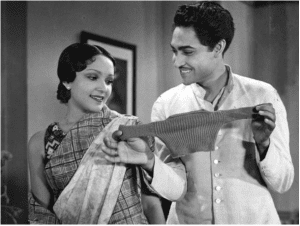
Well, it’s because it’s the very same film studio that made “Ashok Kumar” AKA “Dada Moni” a film icon. This studio changed him from Asok Kumar Ganguli, a simple Bengali boy who was hired by the studio to be Josef Wirsching’s laboratory assistant, who by a stroke of luck and his inherent good looks, he went onto being groomed to become one of the most distinguished actors of the Indian Cinematic pantheon.
“Bombay Talkies” was also the same studio that cultivated the acting brilliance of many other luminaries of the Indian Film Industry like Devika Rani, Leela Chitnis, Madhubala, Dilip Kumar, Kishore Sahu, Mumtaz Ali, Dev Anand, Kamini Kaushal etc. As well as nurturing the creative genius of writers like Niranjan Pal, Kamal Amrohi etc. Giving voice to the melodic strains of singers like Asha Bhosle, Latha Mangeshkar etc and encouraging the technical prowess of a burgeoning crop of cameramen and technicians like R.D.Mathur, R. Pareenja, P. Paranjpe, V. K. Murthy etc
So now you may ask; “If a German Cinematographer who was making “Indian” movies way back in the 1930’s, had one of Indian Cinema’s iconic actors as his lab assistant and was personally mentoring most of the award winning film personalities and technicians from the start of Indian cinema that we know of today and the name” Josef Wirsching” doesn’t ring a bell”,
and you are still reading this; then you need to come with us to the start of what we call “Bollywood” and we will show you it’s “German Origins”…
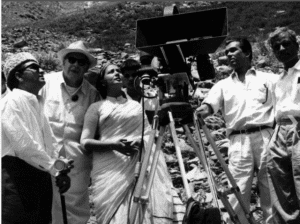
Josef Wirsching was a publicity shy German film maker who was way ahead of his film making time and if by now you may have done a little side tab Google search of “Josef Wirsching-Cameraman”, you might come across numerous web articles mentioning his phenomenal contributions to German and Indian Cinema since 1925 to 1967. His magnum opus and most famous work- “Pakeezha”- which he worked on from its start in 1959-60 till 1967 when he died and which was finally released in 1972 after numerous cameramen tried to replicate his technical brilliance for a few remaining scenes; is the most watched movie he was ever been a part of and it is still considered to be one of the best Indian Films ever made.
Thankfully owing to the technical advances made in the past few decades with regard to image archiving and digital restoration, along with the opportunity of personally connecting with experts who have studied Josef’s work and who are familiar with this genre of Indian film making which he was a major “behind the scenes” part of. It has taken us; his heirs, more than 40 years after his death to try and compile the photographic recollections and far reaching implications of his life’s work as visually evidenced in his personal photographic collection maintained by Wolfgang Peter since 1967 when his mother Charlotte died of Cancer on the 29th of May 1967 and less than 2 weeks later Josef died of a broken heart on the 11th of June 1967.
Since then Wolfgang Peter has painstakingly preserved this amazing photographic archive consisting of more than 6000 images. When we look back at our history, we feel there is a lot we need to share with you about a common thread in our past which unfortunately Indian cinematic history has forgotten. It’s a story that started more than 90 years ago. It’s a story of how a German cameraman came to India in 1925 to help make a silent movie about the “Light of Asia”, which effectively spawned a film genre/lifestyle that is singularly known as “Bollywood”.
It’s the simple fact that we are the only ones who have this large a collection of visual photographic material telling the story of Indian film making right from 1925 to the birth of color on the Indian silver screen in the early 60’s, while also portraying a historic reflection of the ethnographic canvas of our country through pre and post World War II and into independence as depicted in the non cinematic related imagery in Josef’s collection.
It has also been noted by the ex-head of the national film archives of India; none other than the honored Mr. P. K. Nair himself, (who has personally visited us in 2011 and viewed the collection), that this is one of the most extensive and well preserved personal photographic collections that visually depict the nascence of Indian cinema.Unfortunately the NFAI do not even have this material due to fires that broke out at their archives in 2000. So effectively this is the only visual representation left of the start of “Bollywood” way back from the 1930’s.
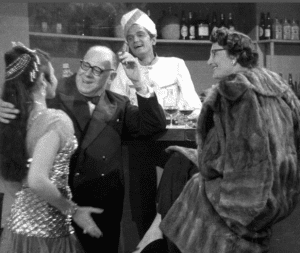
All of the imagery pertaining to the “Bollywood” era of Josef’s collection has already been digitally inventoried by his grandson Georg since 2009 and hundreds of pages of little known anecdotal stories have been written by Wolfgang Peter from personal memories of his father. All that needs to be done is to re-scan the images that we are going to use at a much higher resolution for optimum print quality, digitally restore them to perfection so they can be used as the image bank to compliment the literary material that is already written and which will be provided by other renowned literary contributors for the book.
We are collaborating with two contributing authors who will be adding their expertise and research to this project in the form of essays for the book. These two authors are Dileep Padgaonkar and Debashree Mukherjee.
Essentially we are looking to create a first edition print run of 500 copies of an off-set printed 250 page, 12” x 12” hard cover, coffee table, photo-glossy book in its own foam lined collector’s gift case. The book will tell the compelling story of Josef Wirsching ‘ contributions to Indian cinema with his work in the “Bombay Talkies” Film studios and “Kamal Pictures” through the historically accurate essays by our contributing authors who are familiar with the studio’s history. This compelling literary compilation will expound on specific aspects of the studios, the stars and the prevalent film making ethos of the times. The essays will be visually supported with never seen before imagery from Josef Wirsching’s personal collection. The selected imagery will showcase iconic publicity stills, candid personal portraits and behind the scenes production stills of the numerous stars and the movies that were made by the studios.
Should you wish to become a financially contributing collaborator in this wonderful project by contributing to our crowd funding campaign; you will see this book reach publication and be released at a highly publicized event. The best images in the book will also be printed as poster sized prints on art paper and aesthetically framed to be exhibited in a photographic exhibition supporting the book launch that will be hosted at a renowned gallery in Goa by December 2016 and in Mumbai by January 2017 once we achieve our full funding goal.
Institutional copies will also be made available to Universities, Film Schools, Public Archives, Libraries, Museums etc at an attractive institutional rate for the duration of the crowd funding campaign.
The book will be tentatively ready for public release by Janurary 2017. So if you want your own copy of the book; do let us know, so that we can keep a copy for you!
Show support
Visit wishberry.in/campaign to help fund the Wirsching Project. The project ensures transparency by providing an in depth break-up of the rewards offered for the donation you make.

